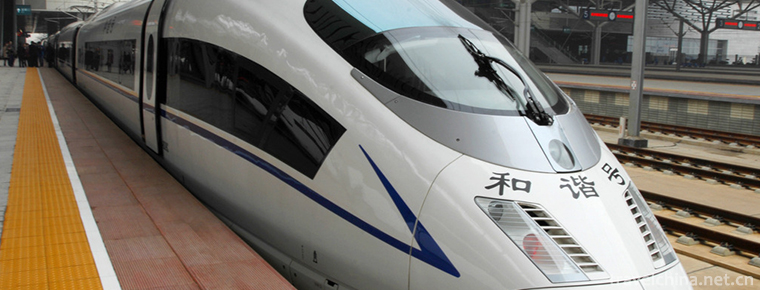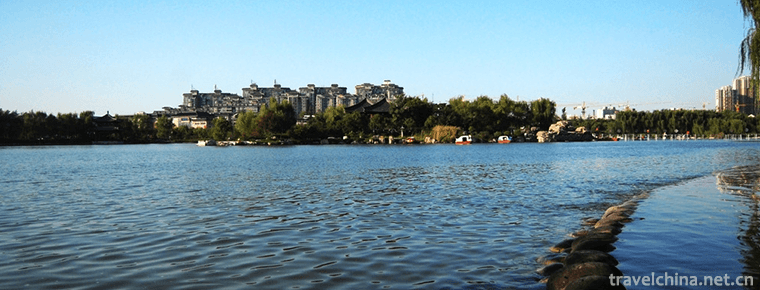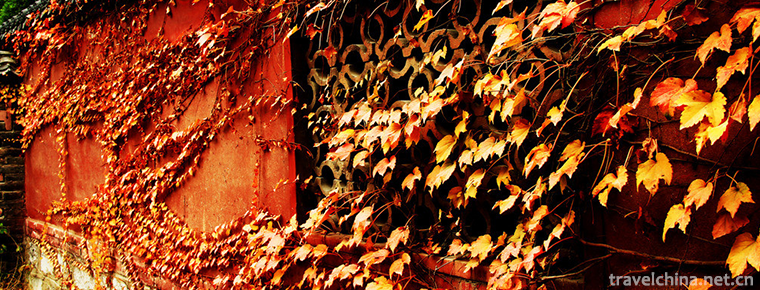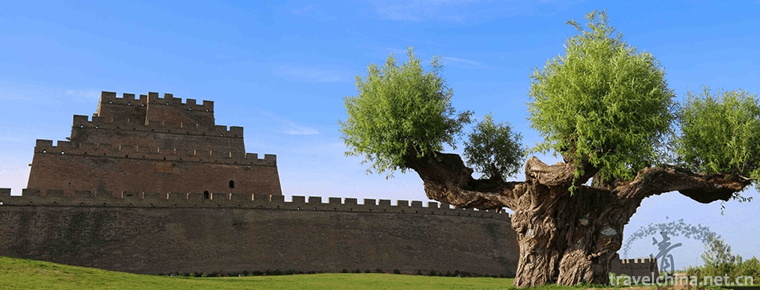Lusheng music
Lusheng music
Lusheng is one of the core musical instruments in Miao traditional music culture. In the long history of Miao music practice, its cultural function is not limited to universal musical instruments, because it carries the diversity of social and cultural functions, and forms unique Lusheng music.
On June 14, 2008, Lusheng Music was approved by the State Council to be included in the second batch of national intangible cultural heritage list.
historical origin
Lusheng Dong language is called Lun. Lusheng music, like other forms of music and art of Dong nationality, is flourishing with the development of history and long-term social production and life. The historical records of Lusheng are mostly after Song Dynasty. Song Luyou's Notes on Lao Xue'an, Volume 4: "... Chen, Yuanyuan, Jingzhou and other places, you Ling, Gezan... Male unmarried, with a Golden Chicken in the bun... In the farm gap, when one or two hundred people were singing for Cao, holding hands and blowing Sheng in front of them, Ming Kuang-lu's Chi Ya wrote, "Tung is also a bureaucrat..." Good at music, playing Huqin, playing six pipes, closing eyes with long songs, shaking feet and dancing for chaos.
artistic characteristics
Lusheng is a singing instrument of Miao, Dong, Shui, Yao and Gelao nationalities. It was called Lusha in ancient times. Miao, Dong and Shuiyu are all called stem. Miao language is also known as Gaduo, Gajie, Gadong, Gazheng and so on. Dong language is also known as Ganlang, Ganlani, Ganlao and so on. Yao language is called Lou family. It is popular in Guizhou, Guangxi, Hunan, Yunnan, Sichuan and other provinces and regions. It has a long history, various shapes, bright tone, rich local characteristics. It is often used in folk accompaniment and ensemble of Lusheng dance band. After reform, it has been applied in the national band. It can play solo, ensemble or ensemble with rich expressive force.
When playing, the shengpipes are erected, the hands are grabbed, the fingers are pressed through the holes, the mouth is blown, the blowing and sucking can be pronounced, the standing, sitting, walking and jumping can be played, the forms are lively and diverse. Lusheng's playing skills are the same as Sheng's, and it is often played by single vomiting. Can play a variety of intervals of double or triphone, four-tone chord, can play C, F, G and other tunes. It can be used for solo, duet, ensemble or accompaniment. Soloists often dance while playing, which is lively and vivid. Miao Lusheng differs in size, timbre, volume and debugging. Only in Guizhou Province, Huangping, Danzhai and Rongjiang in southeastern Guizhou Province, and in Bijie and Shuicheng in Western Guizhou Province, but in southern Guizhou Province, Lusheng is vigorous and strong.
Lusheng music belongs to the national pentatonic mode. In the aspect of harmony, with the change of players'mood, sometimes there will be discordant intervals. Lusheng music has a slow rhythm, soft melody, free and relaxed, with a greater improvisation and arbitrariness. Lusheng melody is long, rich in connotation and elegant, which is related to the atmosphere of mourning and melancholy in Miao people's sacrificial activities. Besides Lusheng, there are mouth strings and clarinets.
Representative works
Collection Music, Entrance Music, Trampling Music, Sweeping Music, Together Quick Music, Road Music, Competition Music, Walking Music, Circle Music, etc.
Inheritance significance
With the development of society and the diversification of culture, satellite TV and VCD have entered the farmhouse, changing people's traditional concept of cultural life. As a traditional cultural life, playing Lusheng and dancing Lusheng have been strongly impacted by modern culture. In addition, Tongdao Dong Autonomous County is a poverty-stricken county at the national level, with low productivity, difficult production conditions and low living standards of the people in the villages and towns. Forced by life, more than 90% of young and middle-aged people have to travel to the coast to earn money. Therefore, there are few young people who learn to play Lusheng in the corridor. People are losing interest in playing Lusheng and dancing Lusheng dance. The valuable intangible cultural heritage of Dong Lusheng is in danger.

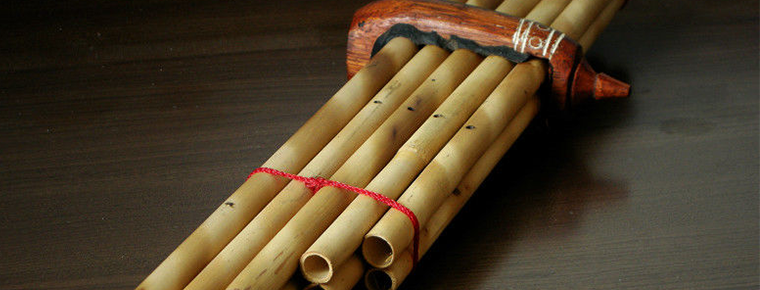
-
China Railway HighSpeedCRH
China Railway High-Speed (CRH) has two meanings: the technical standard of China High-Speed refers to the passenger dedicated line railway with 250 km/h .
Views: 151 Time 2018-11-13 -
South Lake
Nanhu, formerly known as Luweichi Lake, also known as Machang Lake and Luanhu Lake , is located in Nanhu District, Jiaxing City, Zhejiang Province.
Views: 238 Time 2018-12-07 -
Linzhi Basongcuo Scenic Area
Basongtao, also known as Caogao Lake, means "green water" in Tibetan. It is about 18 kilometers long. Its surface area is about 27 square kilometers. .
Views: 158 Time 2018-12-12 -
Kaiping Garden
Kaiping Liyuan is located in Bohua Village, Tangkou Town, Kaiping City, Guangdong Province. It is a private garden of Xie Weili, an overseas Chinese traveling to the United States in Tangkou Town.
Views: 130 Time 2019-01-29 -
Liao Zhai City
Liaozhai City was invested and built by Pujiazhuang, Zichuan. It is a large-scale famous garden scenic area with gardens as its manifestation and Liaozhai stories as its theme.
Views: 151 Time 2019-01-30 -
Zhen Bei Tai
Zhenbeitai, World Heritage Site, National Key Cultural Relics Protection Unit. It is located on the top of Hongshan Mountain, 4 kilometers north of Yulin City, a famous national historical and cultura.
Views: 227 Time 2019-03-17 -
Gao Jia Opera
Gaojia Opera, a local traditional drama in Quanzhou City, Fujian Province, is one of the national intangible cultural heritage..
Views: 151 Time 2019-04-30 -
Uygur Sainem
Among the numerous traditional folk dances, "Sainem" is the most common form of Uygur folk song and dance. It is widely spread in the towns and villages in the north and south of Tianshan Mo.
Views: 156 Time 2019-06-27 -
Wenzhou Drum Ci
Wenzhou Drum Ci, also known as "Quci" or "Blind Ci", commonly known as "Singing Ci", is the largest type of opera in southern Zhejiang Province, and also one of the main .
Views: 187 Time 2019-06-28 -
Zao Bang
Zaobao is one of the traditional local operas in Shandong Province. It is mainly popular in Heze, Yuncheng, Liangshan, Juye, Juye, Juancheng and Dingtao. It developed under the influence of local lang.
Views: 236 Time 2019-07-16 -
Jianshan natural scenic spot
Jianshan scenic spot, located in the west gate of Zigong, Yandu city and rongbian town of Ziliujing District, is a provincial-level natural scenic area in Sichuan Province. .
Views: 349 Time 2020-10-15 -
Neijiang tertiary industry
In 2019, the investment in real estate development in Neijiang City will increase by 2.7% over the previous year. The construction area of commercial housing was 12.4341 million square meters, an increase of 8.9%. The sales area of commercial housing was 4.6939 million square meters, an increase of 8.0%..
Views: 311 Time 2020-12-16
